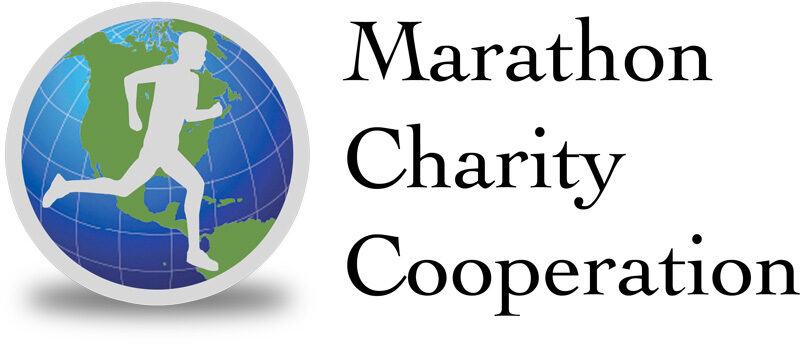3 Steps to Long-Run Recovery
Dave Kuehls • Runner’s World
After your long run, think of the three C’s: chow, chug, and chill.
Chow. We don’t mean a pasta dinner after you shower and change. “It’s important to get something in your system as soon as you stop running,” says 1993 World Championships Marathon gold medalist Mark Plaatjes, a practicing physical therapist.
“There’s a 15-minute window when the body absorbs maximally, when it’s storing more glycogen in the muscles,” he says. “And that’s a key to rebounding from any long run.”
Whole foods are sometimes rough on stomachs tenderized from 20 miles of running, so think liquid fruit juices, carbohydrate drinks when you think fuel. Those with cast-iron stomachs, however, can indulge in bagels, bananas, cold macaroni anything high in carbohydrates.
Chug. No matter how slow you go or how much you drink, your body will be dehydrated after a long run. “And when you’re dehydrated, your heart’s pumping sludge,” says 1996 Olympic marathoner Keith Brantly, “though you may not feel it until the middle of your next hard workout.”
So drink copiously way beyond thirst. 1996 Olympic marathoner Anne Marie Lauck downs a 2-quart bottle of Gatorade as soon as she finishes, and another one within the hour. Good rule: Drink one quart of fluid for every half-hour of running.
Chill. After long runs, Plaatjes, bottle of fruit juice in hand, heads for his garden and he’s not checking on his baby squash. “I’ll take the hose and stand there spraying my legs with cold water, 10 minutes each leg,” he says. Cold water constricts blood vessels and muscle tissue and prevents blood from pooling in your legs.
Non-gardeners can try a cold shower directed at the legs or ice massage with an ice pack or ice cup. “Resist the temptation to jump into a hot bath or hot shower right away,” Plaatjes says. “Hot water may feel good, but you’re actually inhibiting recovery that way.”
Gentle stretching and massage can also be a part of your recovery routine. And remember: Recovery continues for the next two or three days.
“Those runs should be very minimal, very comfortable, and very easy,” Plaatjes says. “Besides, slow jogging also aids in flushing wastes from your legs.”
